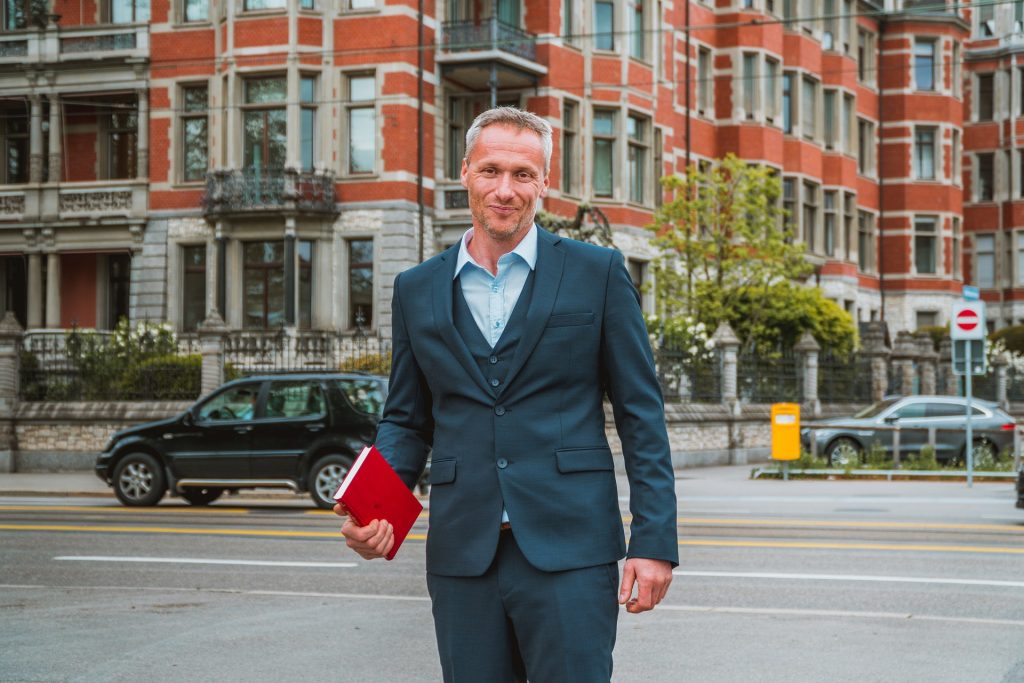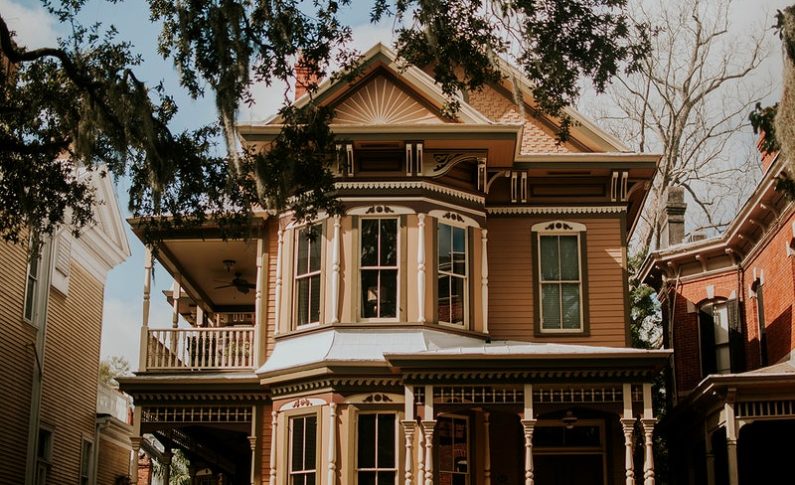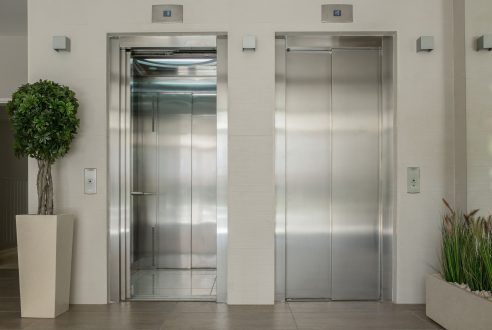What to Verify Before Buying Your Property
Summary
– Checks to make before buying a property: make several visits to validate your choice
– Take an interest in the environment of the property is one of the checks to be made before buying a property
– Checks to be made before buying a property: taxes and charges
– Hidden defects and what to look for before buying a property
To ensure that your purchase is a good investment, it is essential to go over all the features of the property with a fine-tooth comb and ask the owner or real estate agent a few questions. The visit of the property and its verification in all its aspects complete the information communicated by the owner or the real estate agent mandated in the framework of the sale. You are now guided to make the decision to buy your property in all serenity.
Checks to make before buying a property: make several visits to validate your choice.
You like the apartment or the house at the first visit:
– make other more thorough visits at different times and days if possible. This is a way to make sure that your future home is bright and well insulated;
– ask the owner or the real estate agent many questions about the property: annual energy expenses (electricity, gas), state of the equipment (heating, hot water tank), possible upgrades to be carried out according to the results of the diagnostics established in the framework of the sale;
– contact the syndic (if it is a co-ownership) to make a point on the property: charges, works in progress or about to be voted, possible administrative injunctions (cleaning), state of the possible procedures, checking off the maintenance booklet…
Taking an interest in the property’s environment is one of the checks to be made before a real estate purchase.

A property is valued when it is located in a good environment. When you buy a property, house or building, new or old, it is essential to ensure that it benefits from a good atmosphere.
The environment is the set of different elements that define the quality of life of the neighbourhood and the attractiveness of living there:
– the geographical location: view from your windows, vis-à-vis, etc. ;
– proximity to shops, transportation, schools, highway access, etc. ;
– proximity to parks and green spaces, children’s playgrounds;
– the existing and future urban plans of the neighbourhood (real estate projects) and the urban right of pre-emption of the municipality (its right to buy the property in priority);
– the neighbourhood and the state of the buildings in the vicinity, the harmony of these different constructions, the noise level of the neighbourhood (road traffic, animations, restaurants and shops);
– the parking possibilities in the neighbourhood: the presence of parking spaces, ease of circulation.
Checks to make before buying a property: taxes and charges
When you buy a property, house or building, new or old, in addition to its environment, it is essential to know exactly what the related expenses are. You will indeed have to bear different costs.
Local taxes
– Housing tax.
– Property tax.
– Garbage collection tax.
Please note: when the property owner decides to put it up for sale, the city council can exercise its right of pre-emption and acquire it as a priority before any other buyer. If the city council uses its right of pre-emption, and in the event of a legal dispute, the property owner remains liable for the property tax for the duration of the conflict, even if he cannot dispose of the property.
Condominium fees.
The co-ownership fees (for an apartment) can be high in case of essential works in progress or being envisaged. They concern in particular the heating works, the restoration, the roofing, the installation of an elevator, the stairwell, the replacement of the entrance door of the building, the installation of divisional meters, the upgrading of the standards…
To take stock of the situation, contact the condominium manager (ask the owner for his contact information) to access the minutes of the last general meetings. The minutes of the general assembly gives a summary of the decisions voted. The results of the year N-1, the budget voted for the current year, and the budget voted for the year N + 1 are given, which allows you to have an overview of your charges according to the percentage of ownership allocated to your lots. These documents can easily be provided to you by the co-owner because the syndic must make available to all the co-owners in a secure online space the minutes of the last three general meetings and, if applicable, the estimates of work approved during these meetings.
The work already voted at the time of the sale may still be at your expense:
– when the seller specifies in the final act of sale that the buyer must pay all the expenses of the property from the moment of signature;
– when the work project has been voted before the sale, but the cost for each of the co-owners has not yet been specified. The corresponding calls for funds are made after the sale. You are, therefore, the co-owner when they are due. We advise you to negotiate the sale price of your purchase based on your knowledge of these elements.
Hidden defects and verifications to be made before buying a property.
It is crucial to verify that there are no administrative defects or hidden defects.
– Examples of administrative defects:
◦ Absence of a building permit or prior declaration for a veranda, swimming pool, or extension built by the previous owner.
◦ Absence of declaration to the tax authorities for work carried out that may affect the amount of your taxes.
A hidden defect is a defect that is not visible when viewing a property.
– Examples of hidden defects:
◦ heating that does not work,
◦ poor waterproofing of a roof, a terrace,
◦ defective foundations,
◦ damaged frame,
◦ excessive noise in the home,
◦ polluted land.
– Recourse in case of latent defect: you must prove that the latent defect is before purchasing the property. The defect must not be apparent.
– Settlement of the dispute: the time limit to act is 2 years from discovering the hidden defect.
◦ Amicably: the former owner bears the cost of the work (sometimes the co-ownership if the problem affects a collective property).
◦ Otherwise, you will have to refer to the high court and use the services of a lawyer.
For heating, termites, asbestos, lead, electricity, and the internal gas installation state, the seller should provide you with a real estate diagnosis.
Noteworthy: to be sold, a house must be equipped with a heating system. The absence of such a system or the fact that it is out of order constitutes a breach of the obligation to deliver based on which the buyer can obtain compensation from the seller.



